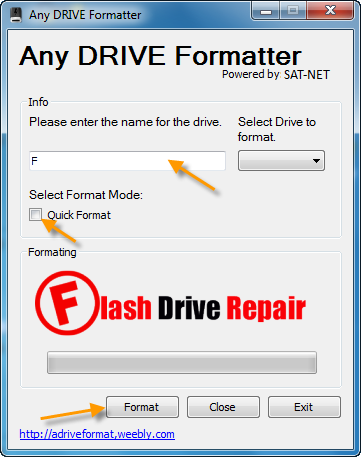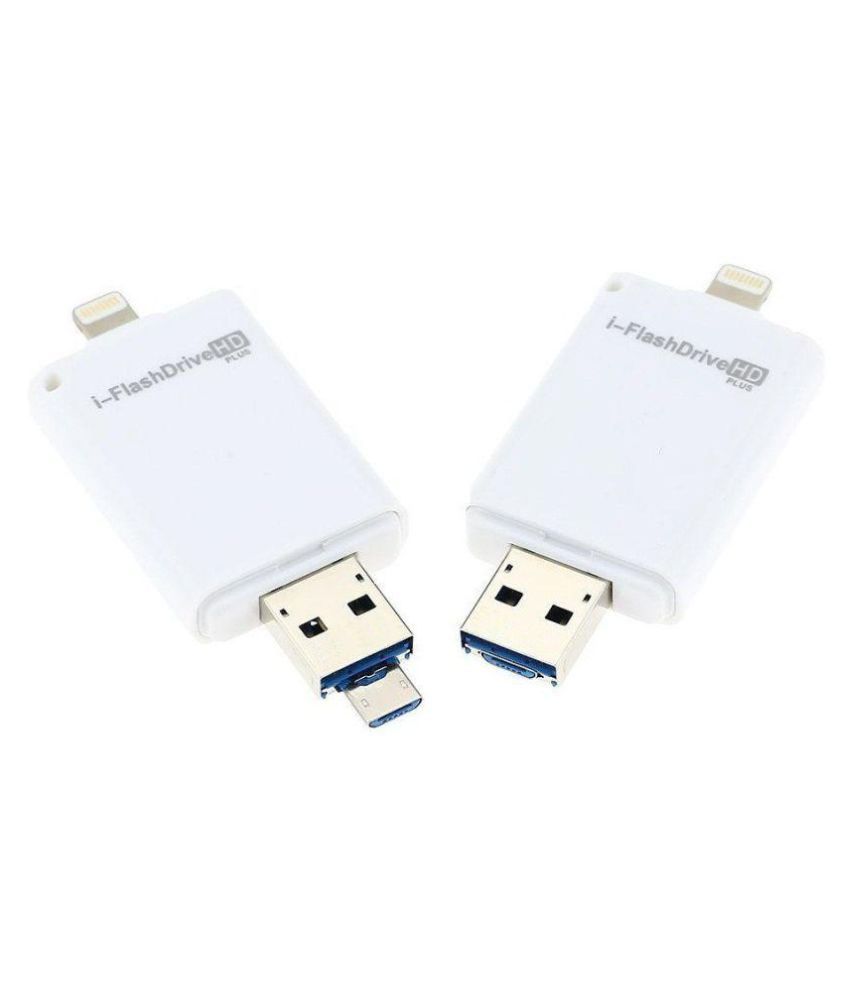

- #IFLASH DRIVE FORMAT HOW TO#
- #IFLASH DRIVE FORMAT INSTALL#
- #IFLASH DRIVE FORMAT DRIVER#
- #IFLASH DRIVE FORMAT PC#
Go to My Computer and right-click on your USB drive. Plug the USB drive into the USB port of your computer or laptop. You can easily format your USB drive with just the built-in features of your Windows computer. Formatting your USB drive using Windows tools Change this to whatever drive letter you’re trying to work with. NOTE: In this command, we’re formatting drive G. Launch Command Prompt by typing in cmd in the Run tool or typing Command Prompt in the search bar. Using Command Prompt, make sure to type in the exact commands to avoid unexpected errors. Format USB flash drive to NTFS using Command Prompt Set to NTFS file system, tick Quick Format and tap on Ok. Choose Disk Management and locate and right-tap on your USB flash drive and then choose Format.
#IFLASH DRIVE FORMAT PC#
Find My Computer/This PC in the Start menu or by typing it in the search bar. Here’s a step-by-step guide to format USB flash drive to NTFS using disk management. Format USB Flash drive to NTFS using Disk Management
#IFLASH DRIVE FORMAT HOW TO#
Here are 4 proven methods on how to format USB flash drive to NTFS in Windows 10. How to Format USB Flash Drive to NTFS on Windows 10? This means that if ever your PC unexpectedly shuts down or you experience a system crash, you can recover files that were lost during the event.
#IFLASH DRIVE FORMAT DRIVER#
NTFS also has a Change Journal where the driver keeps track of the changes made within the drive. Because it’s a relatively new file type, it has increased security from its new features like file permissions and encryptions. It’s a new improvement from previous file types like File Allocation Table (FAT) or Extended File Allocation Table (exFAT) previously used by Microsoft Windows. It’s a way of organizing files within a flash drive. It stands for the NT File system and is also called the New Technology File System. You can copy or add files of any size and the partition sizes usually have a large capacity. Meanwhile, NTFS doesn’t have this limitation. This may be a hassle for some users who want to transport large files like movies, program installers, etc. With a USB drive that uses the FAT32 file type, you can only copy or add files less than 4GB.

But for most users, they always find the need to convert or format their USB drive to NTFS.

Some people are fine with keeping this format. The default format used by most USB flash drives and other external storage media is FAT32. Why Do You Need to Format a USB Drive to NTFS? IPod is now ready to restore & sync using iTunes. Slide battery cable in to the connector and push down the black latch to lock the ribbon in place. Fold the piece in half for thick case back iPods. Remove the protective outer sheets from the thermal gap filler before placing on top of the mSata drive. Insert the mSata drive fully in to the connector at an angle, then gently push down till it locks on the iFlash-Sata.
#IFLASH DRIVE FORMAT INSTALL#
Install iFlash-Sata board in to iPod, Make sure ribbon is fully home and the black bar is locked down. iPod is ready to accept the iFlash board. Remove all rubber bumpers and strips from the iPods if any remain after the HDD is removed. Gently lift the black bar to release the ribbon from the HDD. Rest the front and back side by side, be careful to not cause too much stress on the headphone ribbon.īefore pulling the case apart, release the battery cable – lift the black lock bar -or- gently using even pressure pull up the battery ribbon away from the connector. I suggest watching some iPod opening videos on the internet. Using suitable tools, release the holding clips, making your way around the case till it opens.


 0 kommentar(er)
0 kommentar(er)
